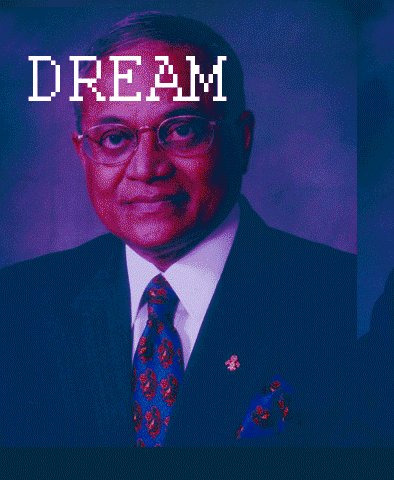Malé, Maldives | Nikon D70s | (2009)
Nikon D70s.
Malé, Maldives.
(2009)
Open Ocean, Maldives.
Canon G10.
(2009)
Open Ocean, Maldives.
Canon G10.
(2009)
Adobe Photoshop & Glitche' (2016).
"One of the earliest photographs of Maldivians ever taken (1885). Original is at the Ethnologisches Museum in Berlin. The photographer was Carl Wilhelm Rosset who stayed as a guest of Prime Minister Ibrahim Didi in Male' in the year 1885, but was never granted permission by Sultan Ibrahim Nooraddeen to travel to the other islands to complete his ethnographic/scientific study.
I assume these photographs were most likely staged, judging from the type of photography back then, which would have required the subjects to stand still for several seconds and sometimes minutes while the photograph was being taken. In the series which was published first in 'The Graphic' as lithographs on October 16, 1886, this is the only photo with a detailed background, that looks painted. Even if the background is a painting it is interesting to think who would have done such a detailed painting of that scale, more than 130 years ago, in the Maldives and what became of it. The photographer stayed in Male' for less than 2 months (30/10-21/12), which means that he probably didn't paint it himself, and the painter could have even been Maldivian; or he could have brought it with him from Colombo. I guess we might never know." - Shifaan Thoufeequ
Adobe Audition & Adobe Photoshop.
(2016)
Original image via wikipedia.
ALIEN
Maldives (2009)
Not sure how I feel about this kind of mirroring yet. Does it add to the photograph? Does it detract from it? Does it still count as traditional photography if we view simultaneously view both sides of an image in such a manner?
Maldives (2009).
imgur mirror
Despite the looming threat of rising sea levels, the greatest threat to Maldivian culture has always been ourselves. Here's to hoping traditions like this survive the culture wars.
Timelapse of Maldivian liyelaa / laquerwork from Baa Atoll Thulhaadhoo. (2009)
This method uses a rope and man power to spin the wooden block. The craftsmen claimed they used this method because it provides better control and a better quality finished product.
Timelapse of Maldivian liyelaa / laquerwork from Baa Atoll Thulhaadhoo. (2009)
This method uses a an electric motor to spin the wooden block. The craftsmen preferred this method for its efficiency and speed.
GIF animation created using the Maldivian flag SVG from wikipedia, @snorpey's image glitch experiment and photoshop for frame animation.
You tell me what its about.












